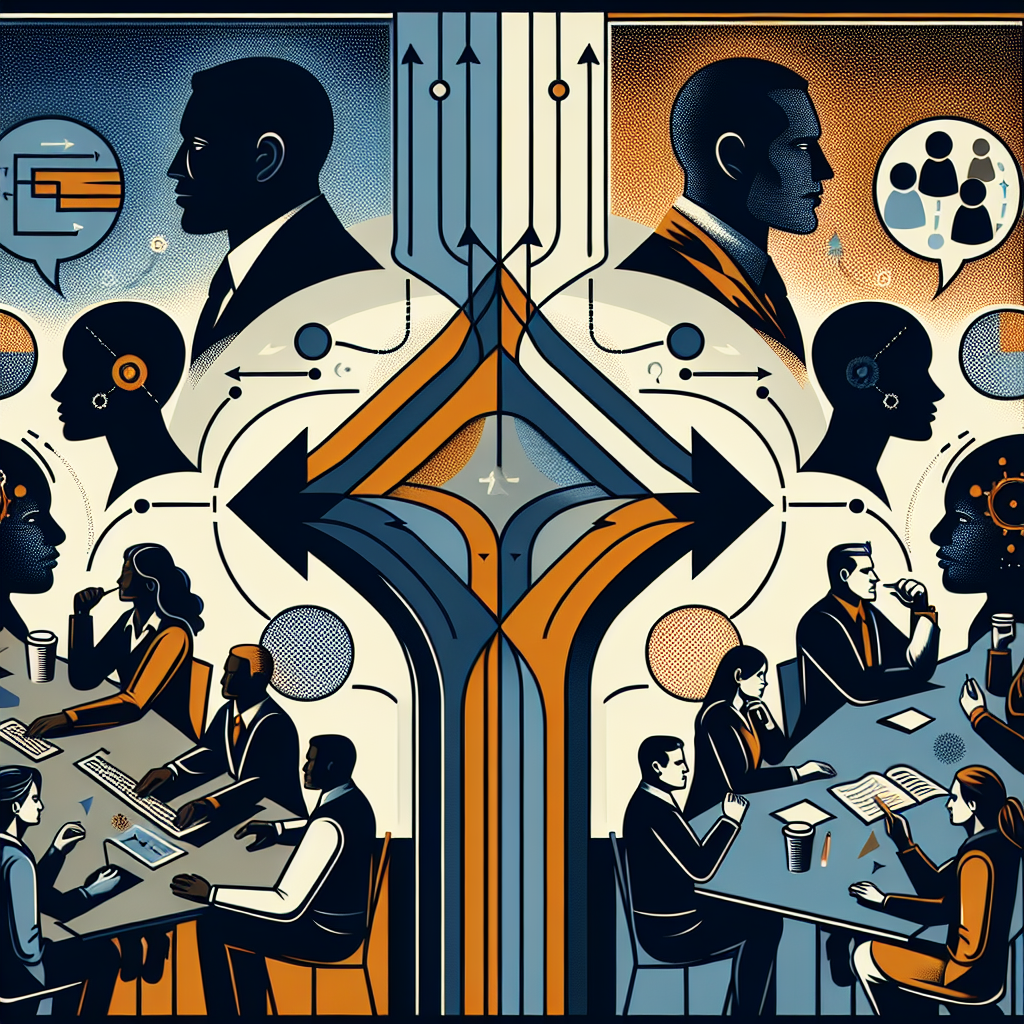How AI and Accelerated Computing Drive Energy Efficiency
In today’s world, where climate change and resource conservation have taken center stage, energy efficiency has become a paramount issue across industries. As we look for innovative solutions to minimize our carbon footprints and maximize conservation efforts, technologies like artificial intelligence (AI) and accelerated computing are emerging as key players. This article explores how these cutting-edge technologies are transforming energy usage and contributing to global sustainability efforts.
The Role of AI in Enhancing Energy Efficiency
AI technologies are revolutionizing the way industries manage and optimize their energy consumption. By utilizing machine learning algorithms, AI systems can analyze vast amounts of data to identify patterns and forecast future energy needs. This allows businesses to implement more efficient energy management strategies and reduce wastage.
For instance, in the manufacturing sector, AI can predict machinery maintenance needs, minimizing downtime and energy consumption. Smart grids use AI to balance loads and improve demand-response services, while in the transportation industry, AI optimizes routes to reduce fuel consumption.
According to a report by McKinsey, AI applications could curtail worldwide energy consumption by as much as 20%, emphasizing the substantial impact this technology can have on energy efficiency.
Accelerated Computing: The Driving Force Behind Smarter Energy Solutions
Accelerated computing works alongside AI to amplify its capabilities. Enhanced by specialized hardware, such as GPUs produced by NVIDIA, accelerated computing processes complex computations at unprecedented speeds, enabling AI applications to function with greater efficiency.
For example, NVIDIA’s advancements in accelerated computing have made real-time data analysis feasible, which is crucial for applications like autonomous vehicles and high-frequency trading. These advancements allow AI to more effectively monitor and optimize energy use in real-time scenarios.
As noted by IDC, accelerated computing and AI, when combined, are set to transform digital infrastructures by not only improving energy efficiency but also enhancing overall operational efficacy.
The Impact of AI and Accelerated Computing on Sustainability
The adoption of AI and accelerated computing is not only about improving efficiency; it’s about fostering sustainability. These technologies are instrumental in helping industries reach their carbon reduction goals. By streamlining operations and optimizing processes, companies can significantly lower their environmental impact.
For example, AI-driven analytics help utilities integrate renewable energy sources more effectively, supporting a cleaner energy mix. In addition, AI and accelerated computing enable predictive maintenance and smarter logistic networks that reduce unnecessary energy expenditures.
As these technologies continue to evolve, their potential to aid in building a more sustainable world becomes increasingly evident. Companies investing in AI and accelerated computing are setting themselves up as leaders in the push towards a greener tomorrow.
Conclusion
The transformative potential of AI and accelerated computing in driving energy efficiency is monumental. From optimizing industrial processes to fostering sustainable practices, these technologies are paving the path to a future where energy conservation is seamlessly integrated into all facets of industry operations.
As we advance, embracing these technologies can bring about not only energy savings but also contribute significantly to global sustainability goals. We invite you to stay informed about innovations in AI and accelerated computing, and explore how these technologies might be applied to support sustainable practices in your own sphere of influence.





